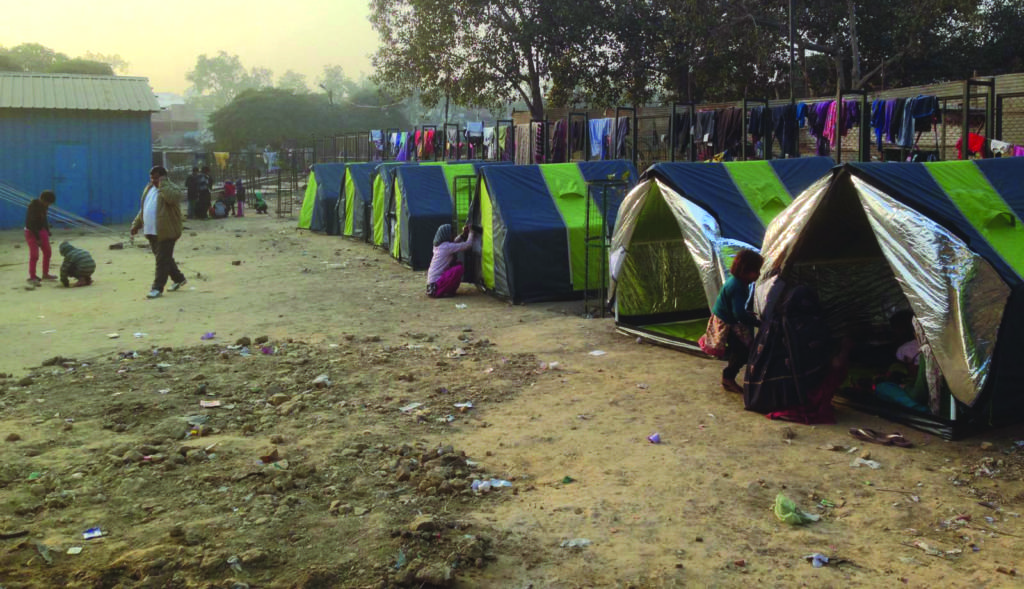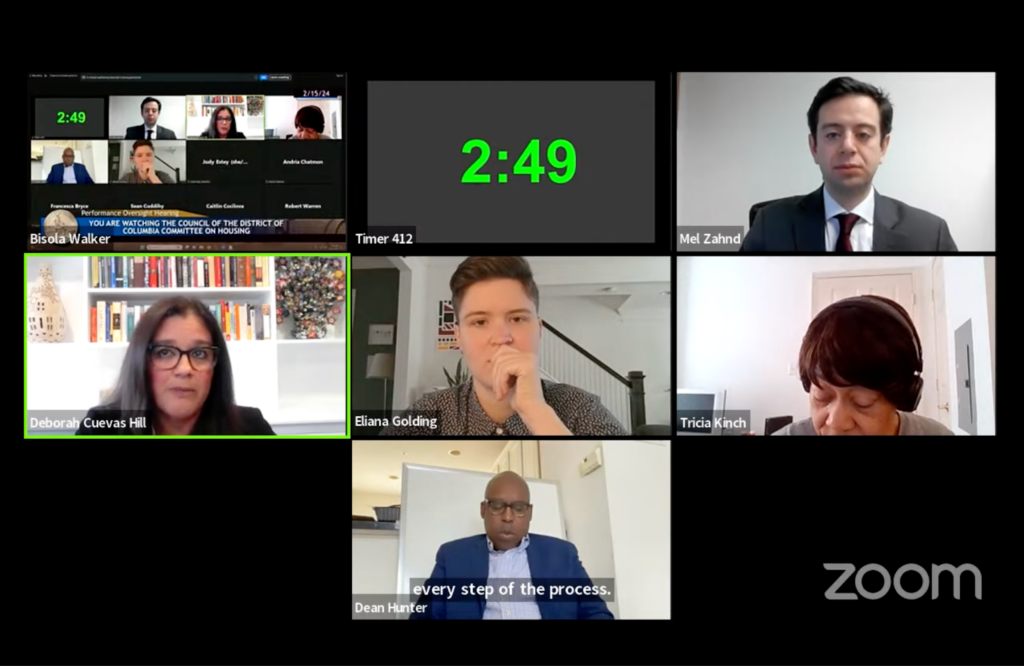The experimental Winter Hyde shelter is being developed as an emergency response to homelessness in cold climates. The shelter is a tent-like structure with four walls, a window and a pitched roof. The inside walls are lined with a silvery insulation material that traps body heat. The structure’s creator, Prasoon Kumar, had 12 years of commercial design experience before he started designing solutions for the poor.
“I realized that the kind of work I was doing served a very niched population,” Kumar told Street Sense in an interview at the Halcyon House in Georgetown. He is participating in the year-long fellowship program for young social entrepreneurs, Halcyon Incubator.
Originally from India, Kumar graduated from the School of Planning and Architecture in New Delhi and then from Arizona State University.

In 2014 he founded Billion Bricks, an international nonprofit that aims to end homelessness through innovative architecture and design.
In the aftermath of the 2013 Muzaffarnagar riots in India, 9,000 families were left homeless and more than 50 homeless children died from exposure to freezing temperatures while staying in government-run relief camps. In January of 2015, 3,500 people were still in encampments.
Kumar put his urban planning expertise to work creating a solution for homeless families that would protect them from the elements and provide privacy. “It is my belief that design for the poor often happens poorly,” he said.
Common sheltering solutions given to displaced people—such as sleeping bags, blankets and tarps—are highly focused solutions that do not properly insulate, provide privacy or contain enough space to house families. Established shelters may not be adequately meet these needs either, according to Kumar. “I started researching and I realized that there isn’t something on the market addressing the problem holistically,” he said.
The result was the Winter Hyde.

“I started looking for what was the cheapest source of heat that you could find,” Kumar said. “My initial gut reaction was the Sun. But then I realized that there was an even cheaper source of heat than that: body heat.” With its triple-layered flysheet and reflective inner layer, the shelter amplifies body heat while preventing it from escaping.
Kumar has deployed his invention in several climates with success. The Winter Hyde has been given to 10 families in New Delhi and has been used for the last 3 months.
Billion Bricks maintains communication with the families to receive feedback. So far, the families love the option to remain together in the shelter, instead of being separated in different shelters or rooms. They also appreciate being able to keep their possessions in one place, though they wish there were a secure way to lock their tent and that it came with pockets. Kumar and his team are working to add these features.
In Washington D.C., many people have chosen a life outdoors, claiming there is theft, violence, bed bugs and a lack of privacy in city shelters. In the District, temporary abode laws prevent the Winter Hyde from being deployed or even tested among the homeless population, though it might save the District’s taxpayers money. Between October 2015 and January 2016, the city spent $172,000 to clean up encampments, a large portion of which went toward fencing-off a single camp location.
In an interview with Street Sense, Jay Melder, Chief of Staff at Department of Human Services (DHS) stated that he “would imagine that [the cost of encampment closures] stays roughly the same.”
On the West Coast, where temporary abode laws are not as strict as they are here, Winter Hyde has potential. While D.C. encampments have been closing because they are unsafe, Seattle has established several, successful city sponsored encampments.
However, a man building tiny houses for the homeless in Los Angeles recently received government pushback because the abodes are considered a safety hazard.
A structure as innovative as Winter Hyde could bring Kumar a considerable sum if he pitched it to NGOs, governments and other types of organizations. But Kumar says he envisions a different fate for this and other design solutions for the poor and disenfranchised. The Winter Hyde shelter has been built with systemic change in mind.
“One of the basic premises that we have around our work is that design is only one part of it,” he said. “What we are really doing is trying to bring in a systemic change and empowering people through our design to replicate the models that we have.”
“…We can establish small industries employing homeless people to build [Winter Hyde] on their own. All people need is very basic training in stitching and access to a sewing machine to build it on their own,” he said.
The goal of Winter Hyde is for communities to become independent of manufacturing companies, and to create a process for the mass production of these shelters within the communities where they are needed.








